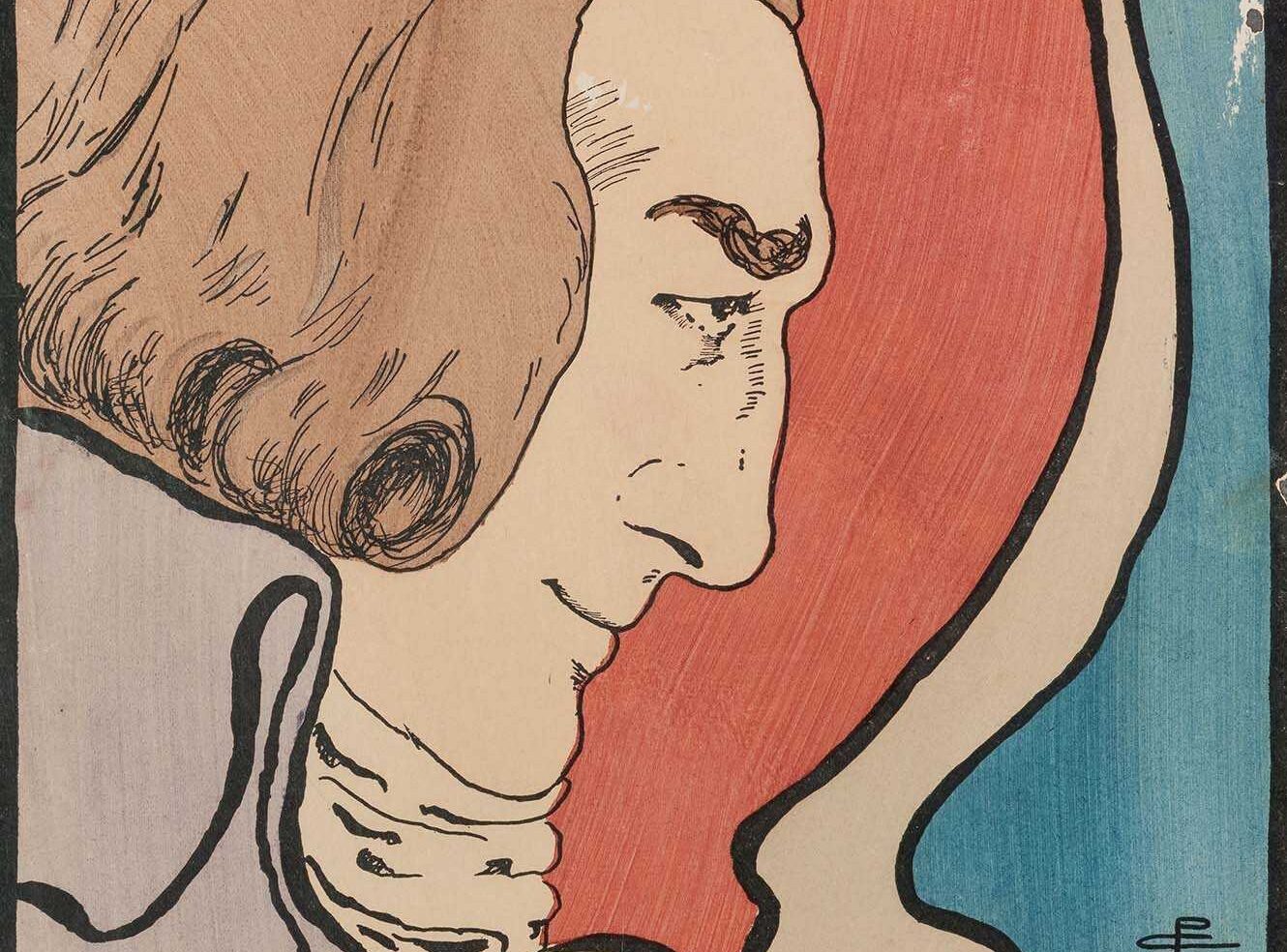The Assassination of Archduke Franz Ferdinand
On 28th June 1914 Archduke Franz Ferdinand, an incident that stunned Europe and set in motion a series of events leading to the outbreak of World War I. Adam Matthew’s First World War resource* contains documents, images and video footage that help to tell the story of the shooting and its aftermath.

The Daily Mirror 29 June 2014. Image © Mirrorpix. Further reproduction prohibited without permission.
One item that I found particularly interesting is the diary of Jane Abbott. She was visiting Vienna when the Archduke and his wife were shot. Her account of the days around the assassination mix the thoughts and feelings of a shocked and subdued city with the everyday experiences of a tourist. After returning from a day out Jane ‘found that the heir to the throne and his wife had been assassinated and killed’. She commented on the terrible nature of the shooting, before adding ‘but it must be a relief to the Emperor and to the people that he will not succeed to the throne’. Abbott’s diary gives the impression that Ferdinand and his wife were not especially well-liked.

The Archduke and his wife shortly before their assassination. Image © Imperial War Museums. Further reproduction prohibited without permission.
Even so, people were clearly saddened by the news, and after hearing the details of what happened the author described the situation as ‘a terrible, terrible thing to happen in a civilised world’. She was particularly concerned for the well-being of the dead couple’s sons and daughter, stating that ‘the heart of the whole world bleeds for the agonized children’. The reaction in Vienna seems to substantiate this claim, as the diarist twice commented on the silence that hung over the city in the following weeks. The funerary procession in particular was a solemn occasion. It took place on the 2nd July, and Jane described standing among a mass of people along the route ‘for at least an hour before they passed’. Once again, it was the sheer silence of proceedings that had the most profound impact on her.

An artist's impression of the assassination. Image © Imperial War Museums. Further reproduction prohibited without permission.
The full consequences of the assassination could not be known by Abbott as she watched the funeral. Over the next four years around 16 million people would die and a further 21 million would be wounded. It is with this in mind that we now view Franz Ferdinand’s death, and seek out records of that fateful day. Jane Abbott’s diary appears in The First World War: Personal Experiences*. The First World War: Propaganda and Recruitment* contains contemporary copies of the Daily Mirror, telling the story from the shooting to the outbreak of war. Meanwhile, in First World War: Visual Perspectives and Narratives* one can find photographs of the Archduke taken shortly before his death, as well as two short film clips of his arrival at Sarajevo Town Hall and the aftermath of the first attempt on his life.
*Full access restricted to authenticated academic institutions who have purchased a license.
Recent posts

Foreign Office, Consulate and Legation Files, China: 1830-1939 contains a huge variety of material touching on life in China through the eyes of the British representatives stationed there. Nick Jackson, Senior Editor at AM, looks at an example from this wealth of content, one diplomat’s exploration of Chinese family relationships and how this narrative presented them to a British audience.

The Nineteenth Century Stage is a rich resource exploring the theatrical celebrities, artistry, and changing social roles of the era. It highlights Pamela Colman Smith, known for her Rider-Waite tarot illustrations and theatre work, whose influence shaped Victorian theatre. Despite being overlooked, her life and impact are vividly captured through striking art and intimate collections within this valuable resource.
